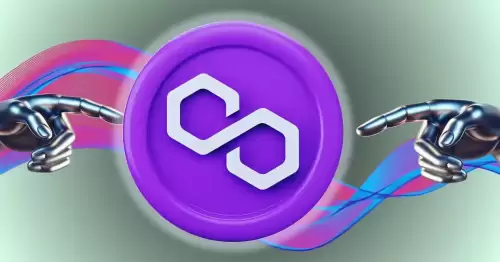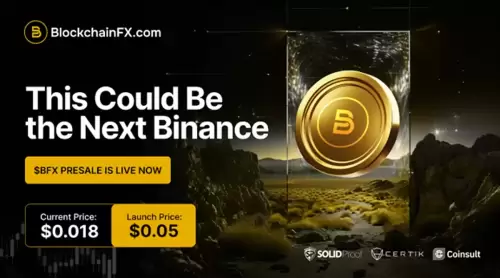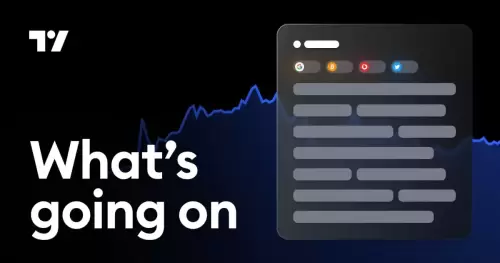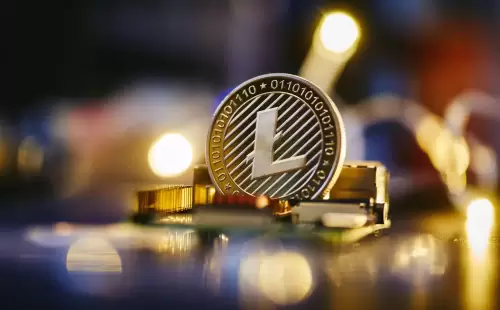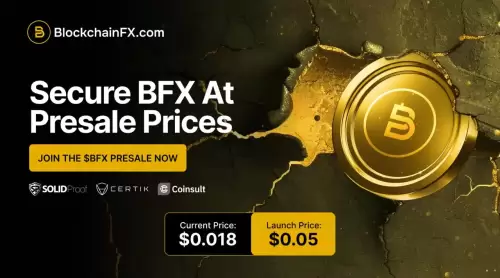 |
|
 |
|
 |
|
 |
|
 |
|
 |
|
 |
|
 |
|
 |
|
 |
|
 |
|
 |
|
 |
|
 |
|
 |
|
Cryptocurrency News Articles
XRP (Ripple) Staking: How to Earn Interest by Depositing XRP on Exchanges
May 05, 2025 at 11:13 am
This guide will cover what XRP staking is, whether XRP supports traditional staking, how to earn passive income with your XRP tokens, and the best practices to earn high rewards on XRP.

XRP staking is a term often misused to describe earning rewards by depositing XRP on platforms like Binance, Nexo, Bybit, or Kraken. The truth is, XRP does not support staking because the XRP Ledger (XRPL) uses the Ripple Protocol Consensus Algorithm (RPCA).
Instead, what is called “XRP staking” is typically a platform-based program where users lock XRP, and the platform uses it for lending, liquidity pools, or other financial activities, sharing profits as rewards.
This guide will cover what XRP staking is, whether XRP supports traditional staking, how to earn passive income with your XRP tokens, and the best practices to earn high rewards on XRP.
What Is XRP Staking?
XRP staking refers to locking up XRP tokens to earn rewards or interest. XRP staking is not native to the XRP Ledger (XRPL) as it uses the Ripple Protocol Consensus Algorithm (RPCA), which relies on a network of trusted validators rather than staking or mining.
As a result, what is often marketed as “XRP staking” typically involves lending XRP to centralized platforms, such as cryptocurrency exchanges or DeFi services, or participating in liquidity pools. These platforms use the deposited XRP for activities like lending to borrowers or providing liquidity, and you receive interest or rewards in return. So, XRP staking, in this context, is a way to generate passive income without contributing directly to the XRPL’s operations.
Can You Stake XRP?
No, XRP cannot be staked in the traditional sense due to the XRPL’s consensus mechanism, which does not support PoS. However, users can use alternative methods to earn rewards on their XRP holdings.
The popular centralized exchanges like Binance, Nexo, or Kraken offer programs often labeled as “XRP staking,” but these are essentially interest-bearing accounts or lending services. You have to deposit XRP, and then the platform lends it to borrowers or uses it for liquidity, and shares earn profits with you as rewards. Some DeFi platforms also allow XRP holders to contribute to liquidity pools or yield farming, which can generate returns.
Does XRP Support Traditional Staking?
No, XRP does not support traditional staking because the XRP Ledger does not operate on a proof-of-stake consensus mechanism.
“Traditional staking involves locking tokens to validate transactions and secure a blockchain, as seen in networks like Ethereum or Solana.”
The XRPL, however, uses the Ripple Protocol Consensus Algorithm (RPCA). Here, a set of trusted validators is selected from a Unique Node List (UNL), which confirms transactions without requiring staking or mining. This design mainly prioritizes speed, efficiency, and low transaction costs, and hence eliminates the need for token holders to stake their tokens to maintain network security.
XRP Staking vs. XRP Lending: What’s the Difference?
Traditional crypto staking involves locking up cryptocurrency to support a network’s operations, such as validating transactions, and earning rewards in return. But there is no traditional XRP staking method.
XRP lending involves providing your XRP to borrowers through various platforms. In return, you earn interest payments. This method allows you to generate passive income from your XRP holdings.
Here is a quick comparison between XRP staking and XRP lending:
Benefits of Lending XRP
Here are some key benefits of lending XRP:
Challenges of Lending XRP
Of course, lending XRP offers benefits, but it also involves significant challenges that users must consider. Below are some key risks or challenges:
Where to stake XRP? Best Exchange to stake XRP
You can stake XRP on popular crypto staking platforms, such as Binance, Kraken, and Bybit. These platforms offer different options and interest rates.
1. Binance XRP Staking
Binance lets you stake XRP using its Simple Earn feature. It offers a 0.64% APY with a flexible term, and your principal stays safe. You can also use Dual Investment, which offers higher returns between 3.7% to 128.74%, but it comes with greater risk. In Dual Investment, your earnings depend on market price changes, so you may not always get XRP back. It suits advanced users who understand price risks.
User Score
10
Promotion
-10% Trading Fees
Get 10% Lifetime Cashback on Every Trade
2. Kraken XRP Staking
Kraken offers a competitive interest rate of 1% APY for staking XRP. It’s a simple and safe option. Kraken is known for strong security and a user-friendly design. It’s a good choice if you want steady, low-risk earnings. You can unstake anytime without a long lock-up period.
3. Bybit XRP Staking
Bybit offers 0.70% APY on XRP staking. It is also flexible, so you can withdraw at any time. The platform is easy to use and has no complex rules. Bybit is ideal if you want a simple and low-risk staking experience. It’s best for short
Disclaimer:info@kdj.com
The information provided is not trading advice. kdj.com does not assume any responsibility for any investments made based on the information provided in this article. Cryptocurrencies are highly volatile and it is highly recommended that you invest with caution after thorough research!
If you believe that the content used on this website infringes your copyright, please contact us immediately (info@kdj.com) and we will delete it promptly.
-

-

- POL Price Rebound: Will Consolidation Lead to a Breakout?
- Aug 05, 2025 at 08:02 pm
- After a period of consolidation, Polygon's POL token (formerly MATIC) is showing signs of a price rebound. Key network upgrades and increased on-chain activity suggest growing confidence. Can POL break through resistance?
-

-

-

-

-

-

-
























































